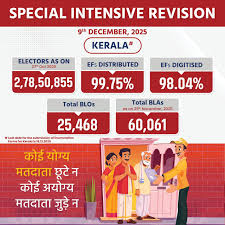Understanding Wentworth: Its Political and Cultural Significance

Introduction
The electorate of Wentworth, located in New South Wales, Australia, has significant political and cultural importance in the country. It was once represented by former Prime Minister Malcolm Turnbull, making it a focal point in Australian politics. Recently, the reconfiguration of the electoral boundaries due to the 2021 census has heightened interest in Wentworth, reflecting changes in demographics and voter concerns. Understanding the current landscape of Wentworth is vital for grasping the broader shifts within Australian politics.
Historical Context
Wentworth has a rich political history, beginning its journey as an electorate in 1901. The seat has oscillated between both major political parties, showcasing the dynamic nature of its voting population. It is known for being a wealthy and diverse area, encompassing suburbs like Bondi and Paddington. Traditionally, it has leaned towards the Liberal Party, but recent elections have shown shifts in voter sentiment, particularly among younger and more diverse constituents.
Recent Events and Developments
In the 2022 federal election, Wentworth saw a significant change when independent candidate Allegra Spender won the seat, marking a pivotal shift in Australia’s political landscape. This election, coupled with major global events like climate change and the COVID-19 pandemic, has prompted local discussion on key issues such as housing affordability and environmental policies. Moreover, the area’s economic stability has drawn concerns over potential electoral disenfranchisement amid ongoing national debates about wealth inequality.
Future Outlook
The evolving demographic makeup of Wentworth, which includes a younger, more progressive voter base, suggests that future elections may continue to veer from historical trends. Analysts anticipate that economic disparities and environmental issues will dominate political discussions leading up to the next federal election. The electorate stands as a microcosm of broader national trends, making it a crucial area to monitor for shifts in public sentiment.
Conclusion
In summary, Wentworth’s political journey reflects the changing nature of Australian society. As issues such as climate change, the cost of living, and representation continue to shape public discourse, Wentworth will likely remain at the forefront of political discussions. For voters, understanding the dynamics at play in Wentworth not only informs them about their local community but also underscores the electorate’s role in the national landscape. As we move further into 2024, observers will be keen to see how these trends develop and their implications for the future of Australian politics.









